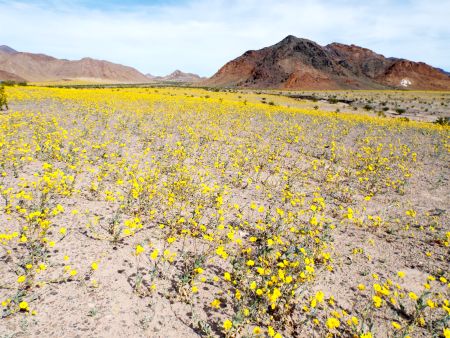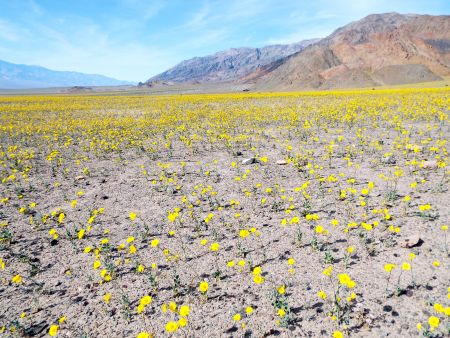


DV WILDLIFE OVERVIEW
Death Valley National Park has a wide variety of abundant wildlife. Most first-time visitors to the desert probably wouldn't expect this. Snakes and lizards are very common, and we see lizards usually every day while hiking and snakes on average once per hiking season. Chuckwallas and desert iguanas are always interesting to come across. Bighorn sheep can often be seen together in groups down on canyon fans or up on rocky ledges. Wild burros tend to battle with the sheep for access to precious desert springs, so burros are occasionally rounded up and relocated outside of the park, being that they are not native. There are an abundance of birds, particularly in the higher elevations and inside canyons. Canyon wrens are our favorites out of the birds as they have often kept us company with their beautiful songs when we have been hiking in canyons. Hummingbirds can also be found, as well as ravens (stop by Stovepipe Wells anytime if you'd like to see some ravens). Roadrunners are always fun to come across as you might see them racing across the desert ground or through campgrounds. On a couple of hikes, we encountered owls which were living in canyons. Rabbits are a very common sighting, and when driving roads in the park at certain times, you may need to be careful to avoid hitting them as they hop across from one side to the other. Desert tortoises and mountain lions are two of the most difficult wildlife sightings to make in the park. In 2016, we found our first live desert tortoise out in the Owlshead Mountains. As far as mountain lions, we have found definite confirmed mountain lion tracks while hiking down Mill Canyon. We actually carry bear repellant pepper spray with us when on hikes as a potential safeguard against mountain lion attacks. During the right seasons, it is very common to find tarantulas and scorpions if you look in the right place. Mule deer can be found higher up in the mountains, while wild horses can be found in the middle elevation regions of the park. While coyotes are a fairly common sighting, especially around campgrounds, Kit foxes are also plentiful, but they are fast so have your camera ready. Bobcats are a very rare sighting, but they have been encountered even at Furnace Creek. Bats tend to sleep inside old mining tunnels. Because of this (and for visitor safety), many of the old mining tunnels get sealed off with special gates which only allow entry by bats. Pronghorns were spotted in Death Valley in 2019 near Ubehebe Crater and the Eureka Dunes. And there are many other animals, birds, and pupfish species found within the park. Wildlife photos can be found down below and by browsing through individual reports on the site.
DV MAMMALS PHOTOS
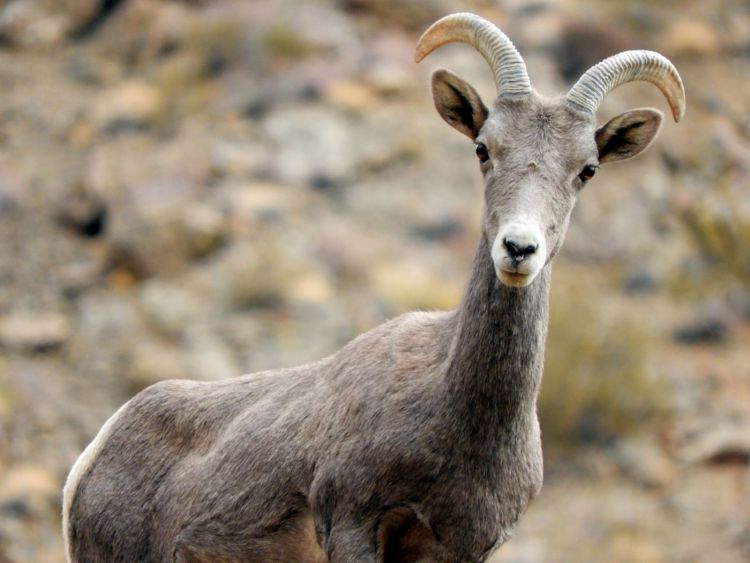
Bighorn sheep are a very special sighting as they scramble up ledges and hillsides. We start off this page with six pictures taken during 2019 when we spotted two Bighorn Sheep in Upper Scotty's Canyon:
We found this Bighorn sheep ewe and lamb standing on a hillside above Timpapah Spring:
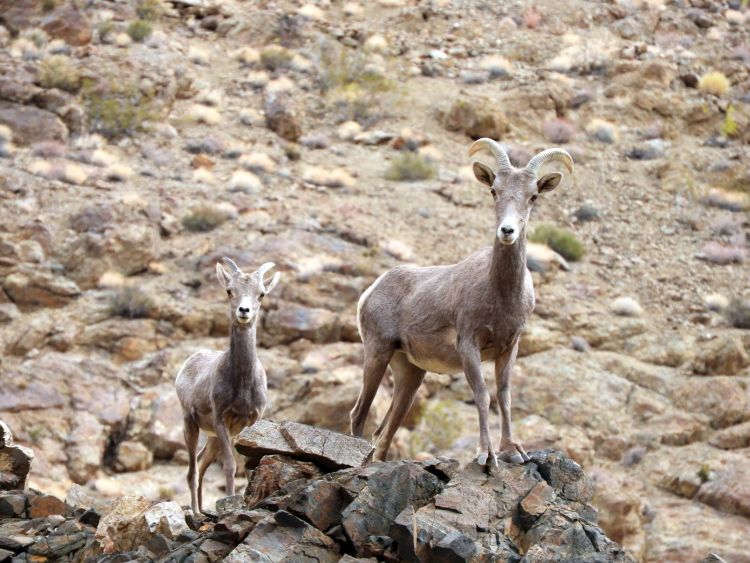
A close-up showing the Bighorn sheep ewe looking out:
The Bighorn sheep ewe and lamb looking at each other:
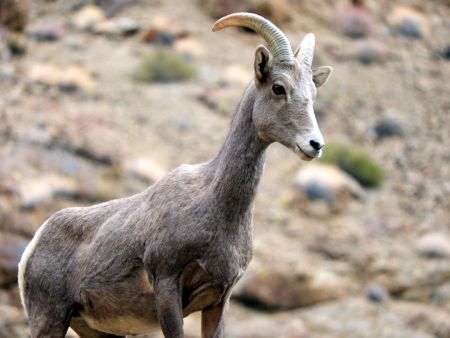
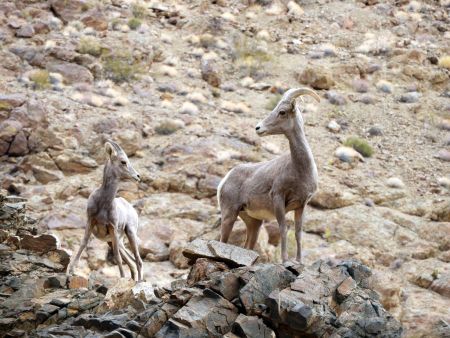
Perhaps the first time this adorable lamb has ever seen humans:
The lamb was unsure about scrambling down to the spring:
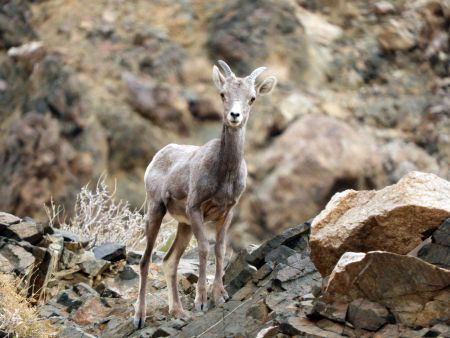
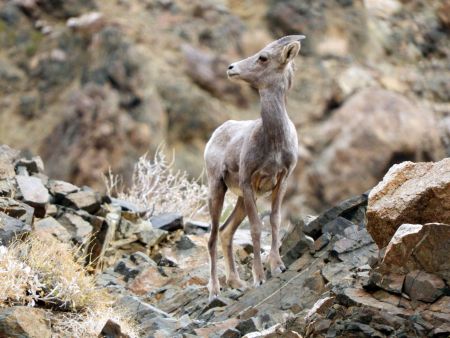
Now we have six pictures taken during 2013 when we spotted 13 Bighorn sheep at the Keane Wonder Mine area:
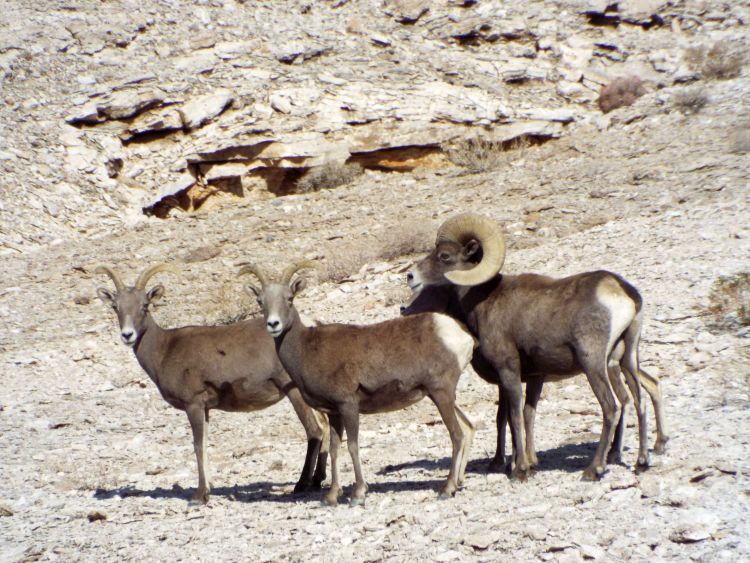
This is the Keane Wonder herd of Bighorn sheep. We saw them while visiting Keane Wonder Bridge (with official permission):
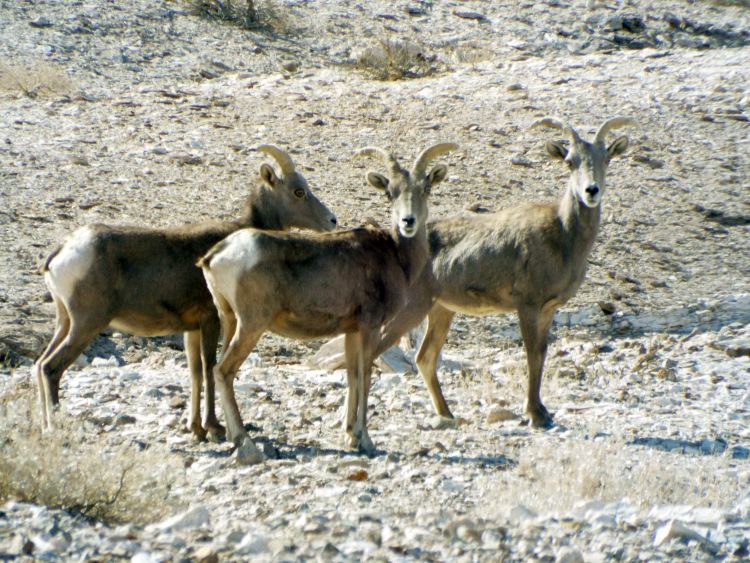
All four of the Bighorn sheep seen in this photo have nice horn growth:
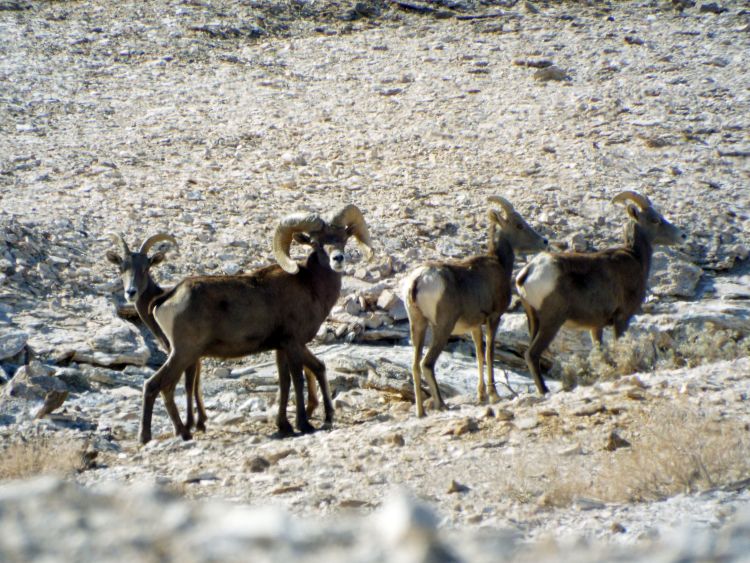
Here, the ram is trying to get the rest of the herd to move along:
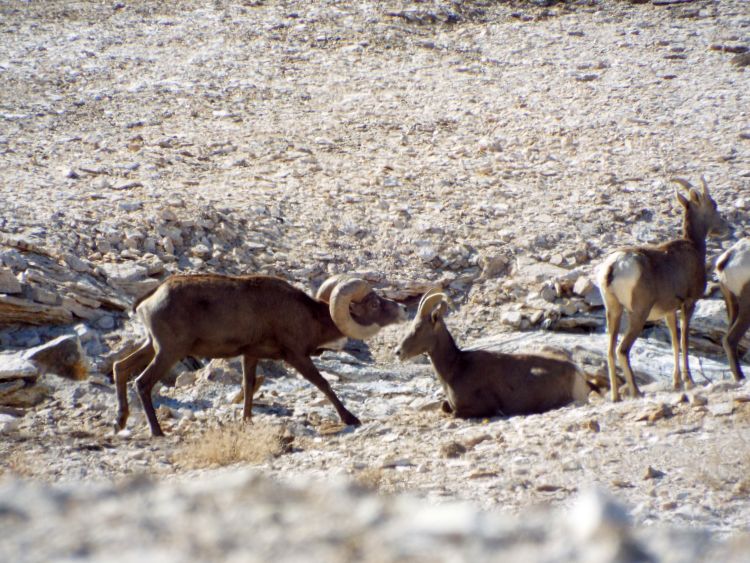
The ram looking back at us:
One of the ewes taking a drink:
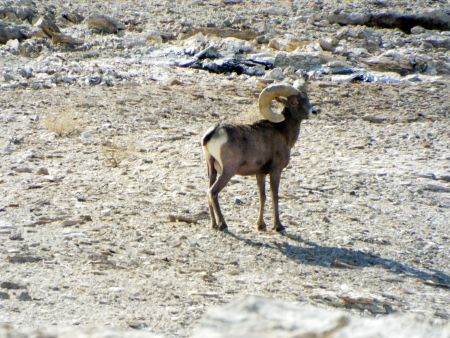
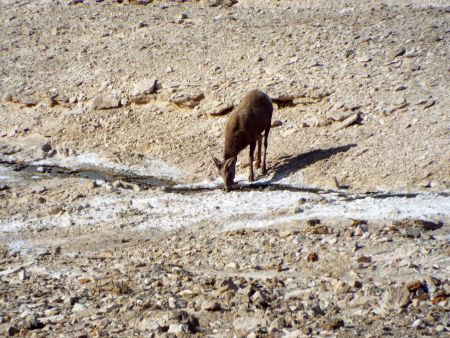
Mule deer enjoy roaming the higher parts of mountain ranges:
Wild burros compete with Bighorn sheep for precious water sources:
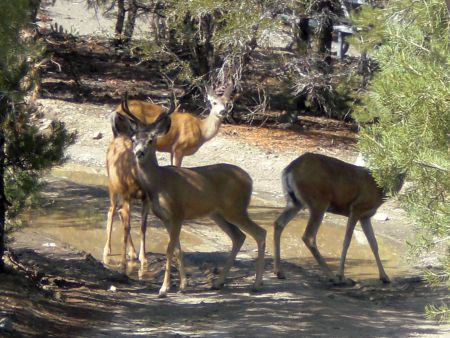
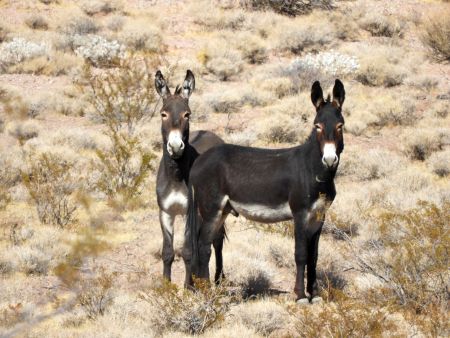
The Quail Mountains were added to Death Valley in 2019. And along with it, so were the Wild burros which live there. Here, four Wild burros were climbing a ridge in the Quail Mountains with Lost Lake in the background:

Coyotes beg alongside roads, which puts them in danger:
A Kit Fox which was briefly caught (not by us) and then released:
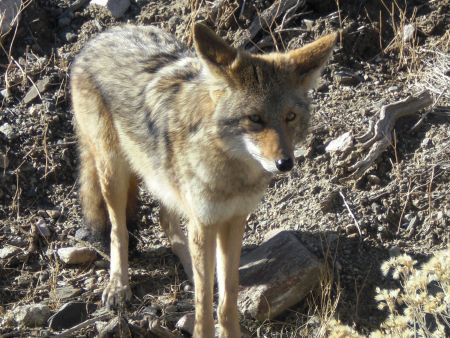
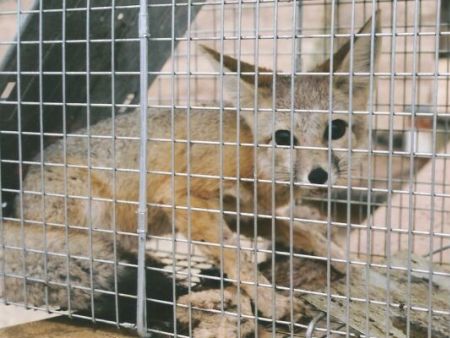
Rabbits can be a nuisance as they hop across roads and tempt fate:
Wild horses tend to frequent Upper Cottonwood Canyon:
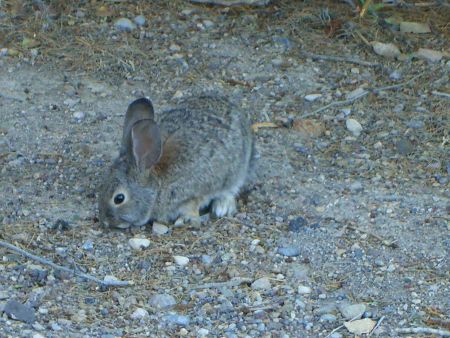
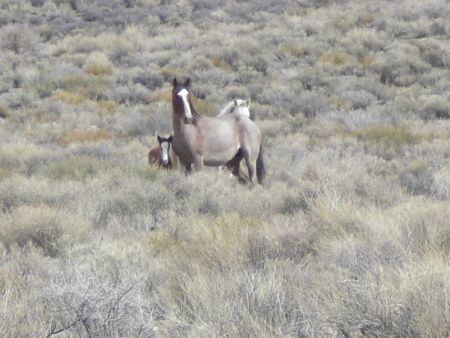
Wild horses seem to hang out in the middle elevation regions of the park where they have access to water and more moderate temperatures:

Bats are our last featured mammal. Bats like to use old mining tunnels as their homes:
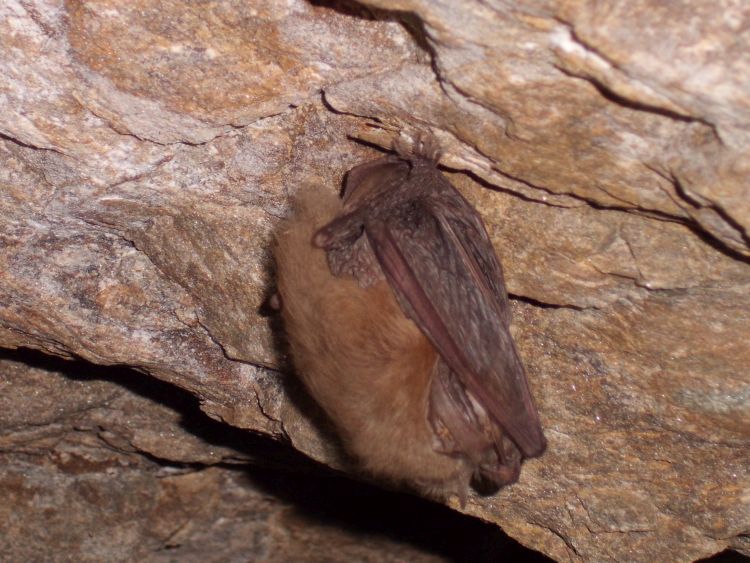
DV REPTILES PHOTOS
Chuckwallas like to live in between the small cracks and crevices of rocks and canyon walls. This chuckwalla lives along the ridgeline between Dante's Peak and Mount Perry:
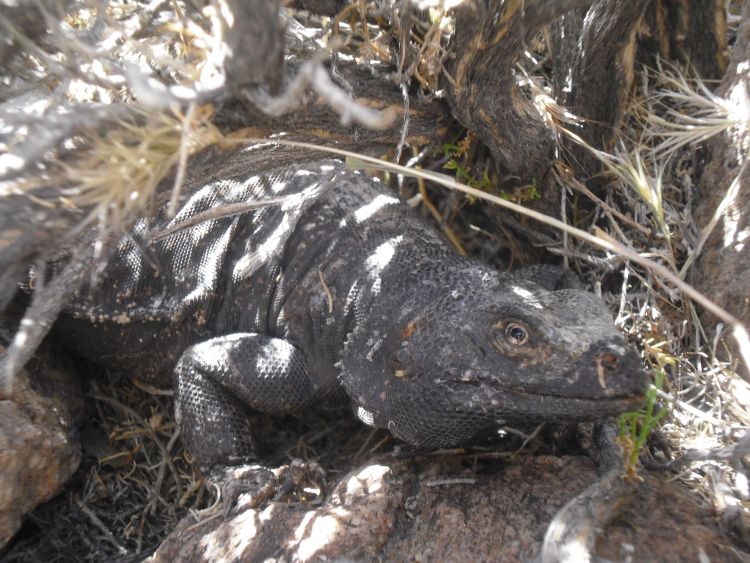
This photograph shows a leopard lizard which was found by our group in Anvil Spring Canyon:

In contrast, horned lizards are very slow movers and can be caught and picked up:

Mojave Desert Sidewinders can be encountered frequently on sand dunes. In this case, we crossed paths with a sidewinder rattlesnake while hiking Wingate Wash:
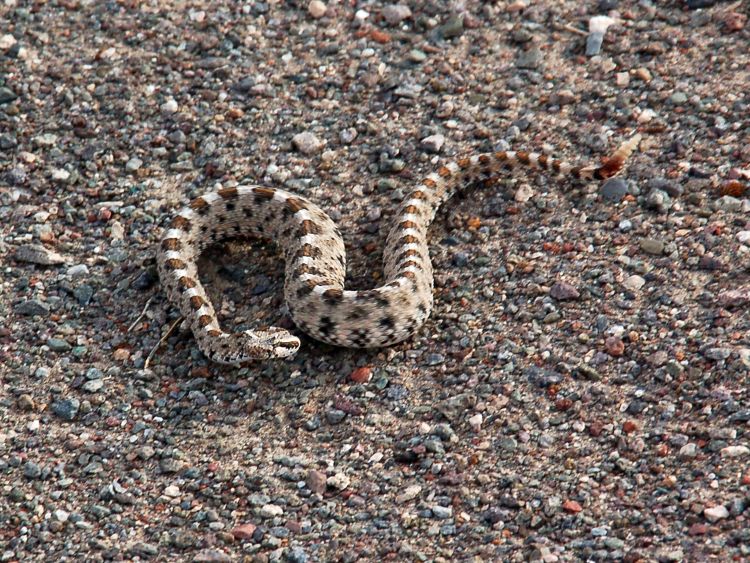
This Great Basin Gopher Snake was basking in the sun in Panamint City:
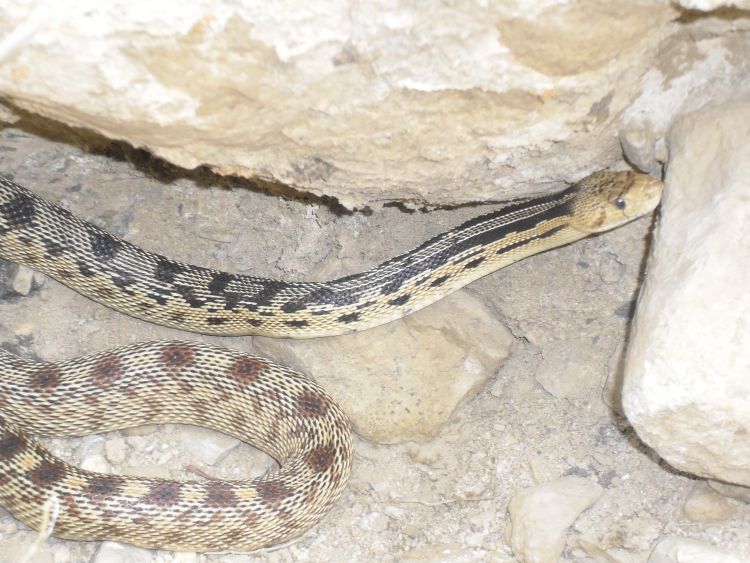
Desert tortoises can be found in the Spring and Fall. This was a desert tortoise which I found while hiking in the Owlshead Mountains:
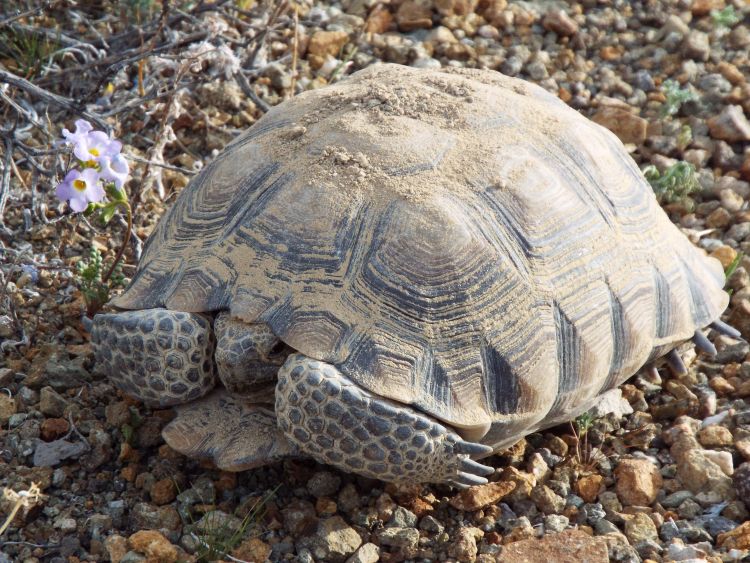
Zooming in on the face, eyes, and teeth of the desert tortoise:
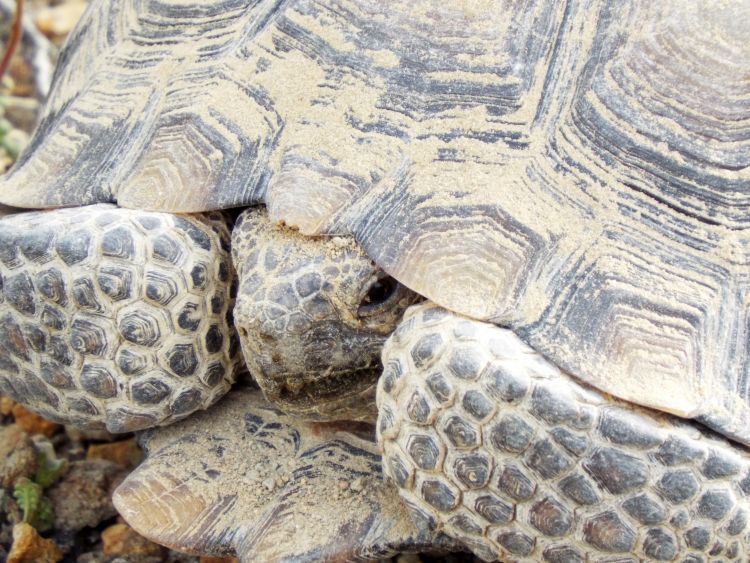
Notice the fresh dirt on top of the desert tortoise's shell. He had recently emerged from his burrow:

In this close-up of the desert tortoise, his head is sticking out a little bit farther than the first two pictures. He had not yet taken up a fully defensive position:
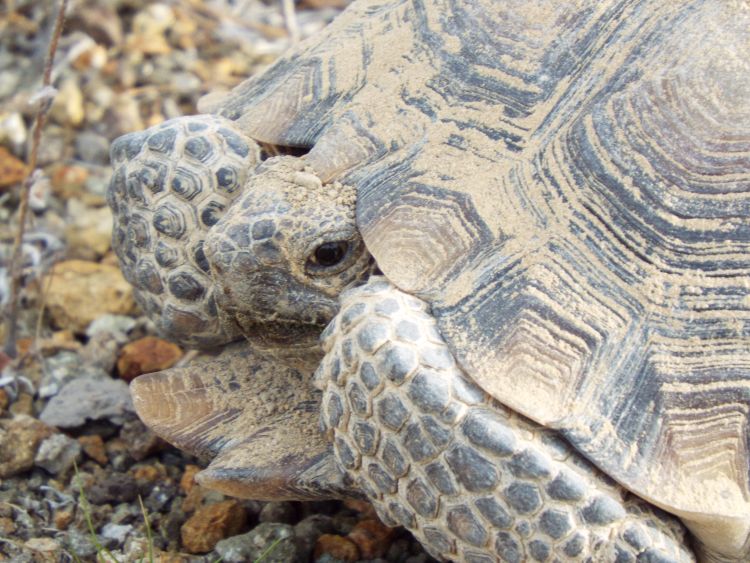
This final picture of the desert tortoise shows the close proximity to the burrow he had been sleeping in earlier:
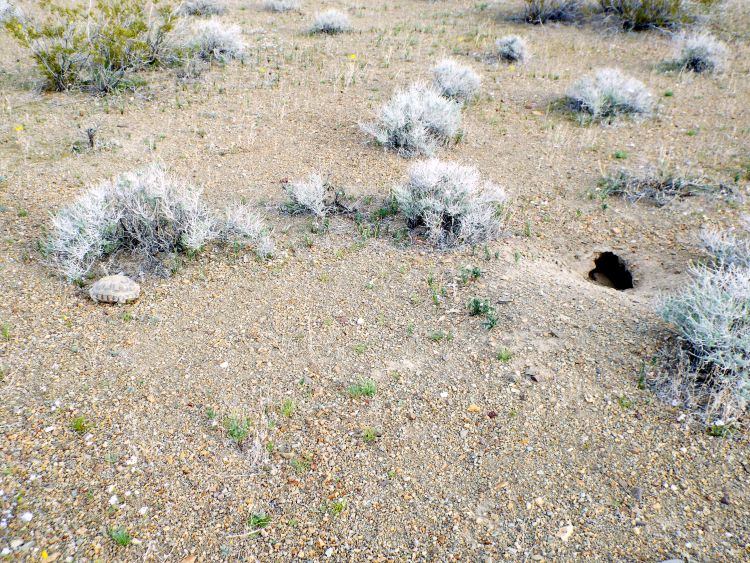
A tortoise shell (or carapace) we found in Talc Canyon:
This collared lizard was hanging out on a rock in Surprise Canyon:
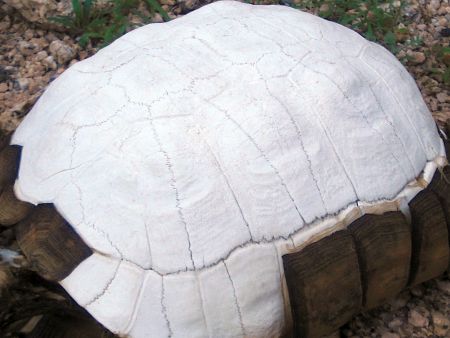
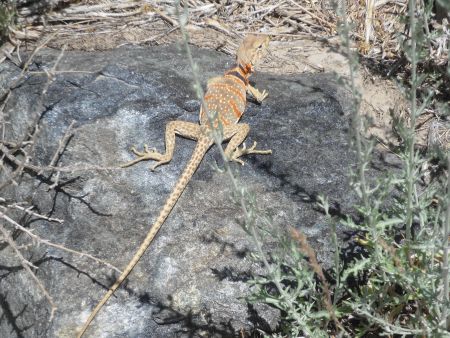
DV BIRDS PHOTOS
Roadrunners race across the desert flats. The roadrunner seen in the next five pictures was searching for food near our cabin in Furnace Creek:
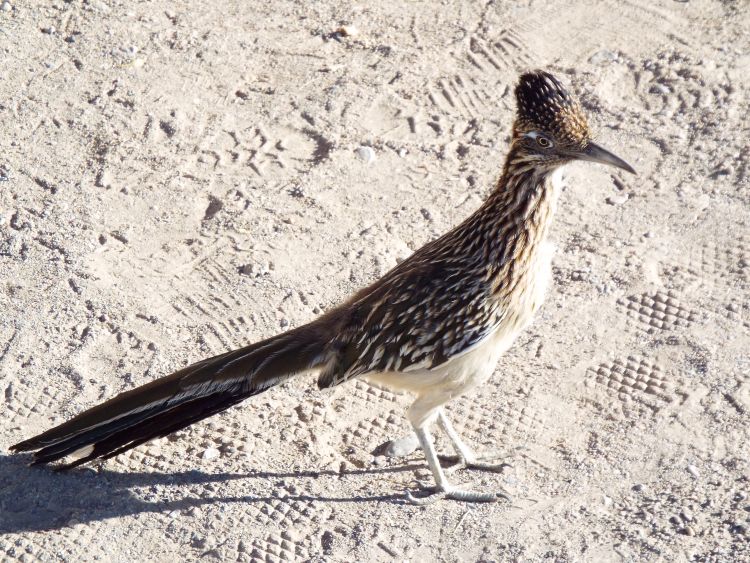
The beautiful colors of the roadrunner stand out against the cracked mud backdrop:
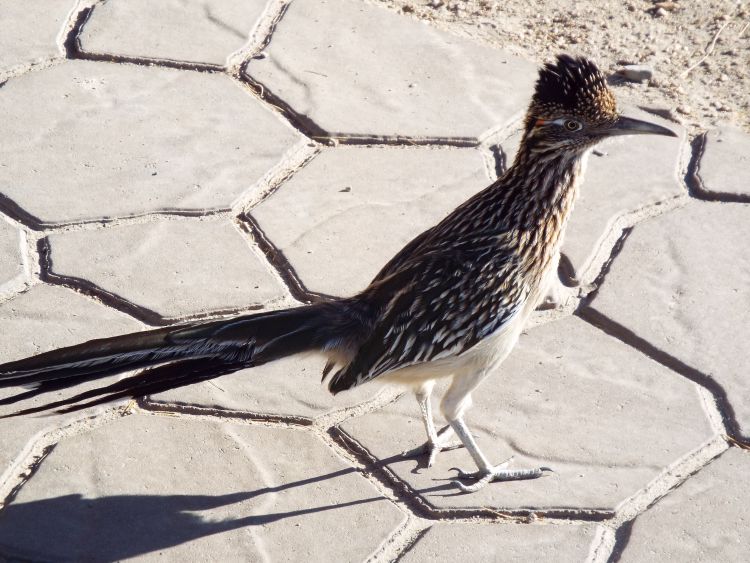
A close-up of the very distinct head crest of the roadrunner:
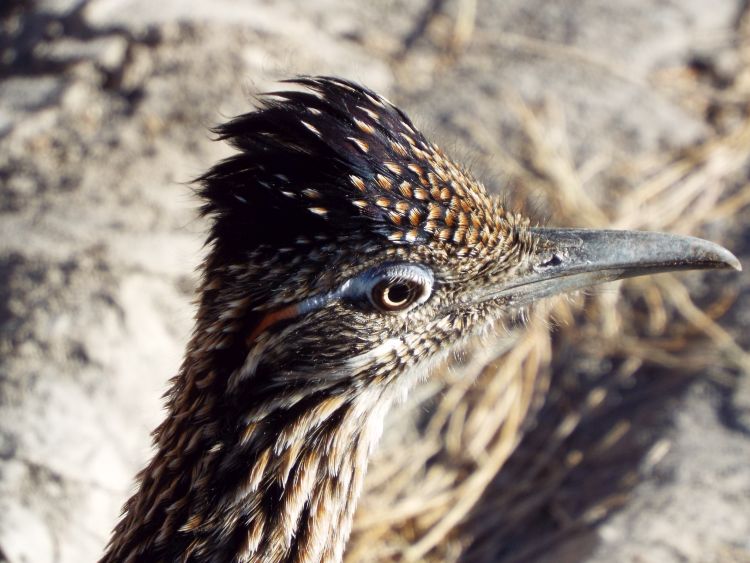
A roadrunner's beak is ideal for catching lizards and small snakes:
Roadrunners can run 20 plus MPH on the ground:
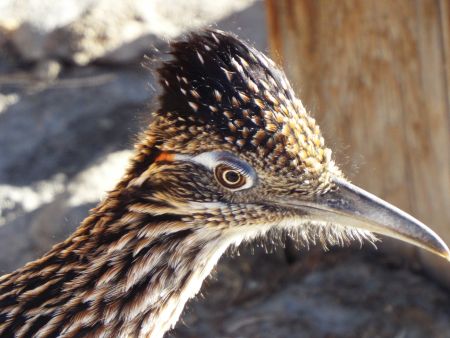
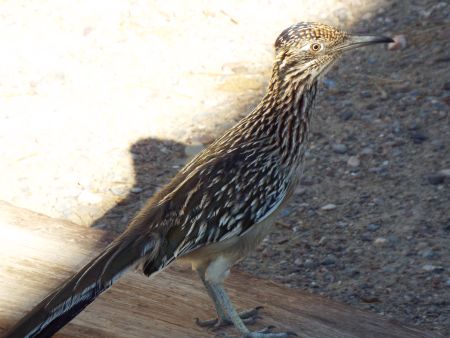
These are Cinnamon Teal ducks which were swimming in the marsh at Saratoga Spring. The four reddish-colored ones are males:
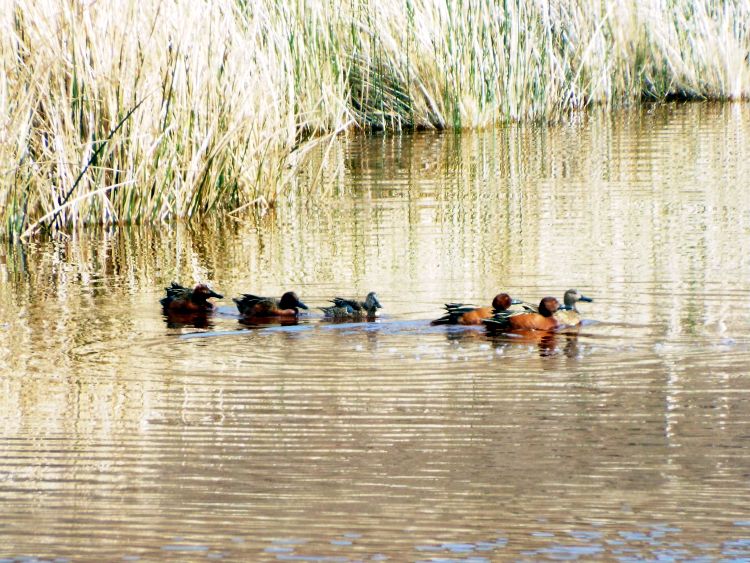
A Common snipe sticking its long bill into the mud and water of Valley Spring to search for a meal:
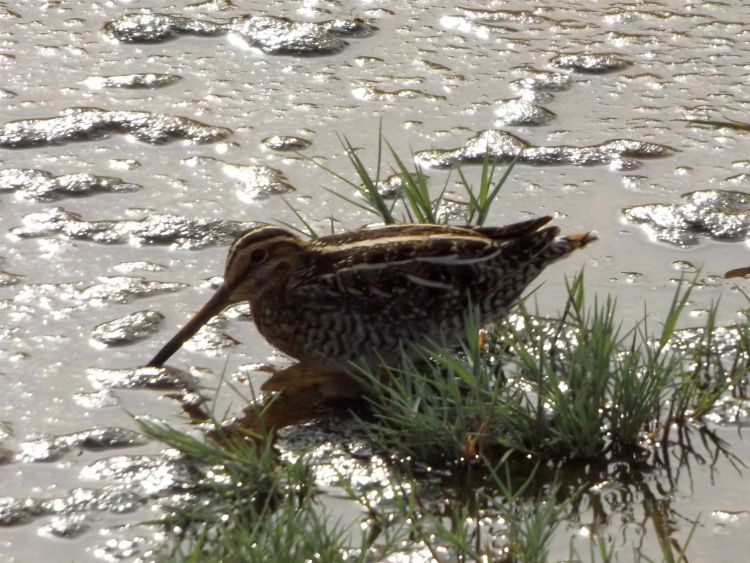
This Costa's hummingbird was keeping close watch on us as we hiked up USMM 142 Canyon in the Funeral Mountains:
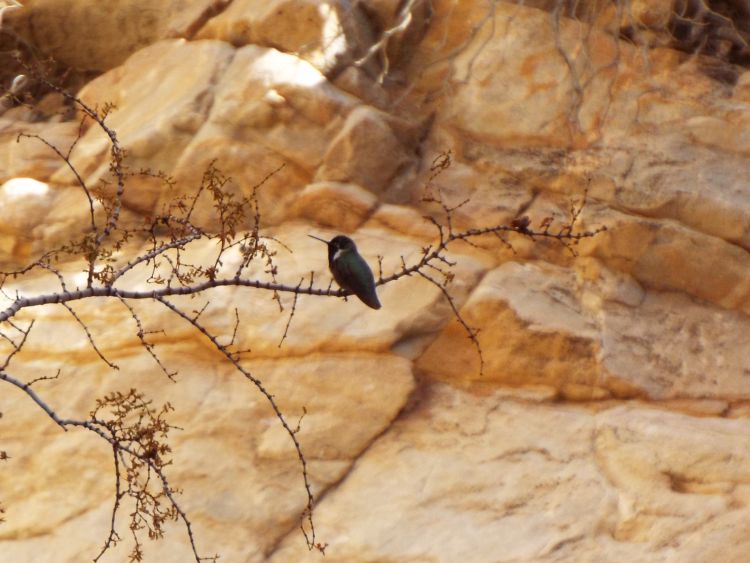
Great-tailed Grackles love the palm trees at Furnace Creek:
This Great Horned Owl lives in a Death Valley canyon:
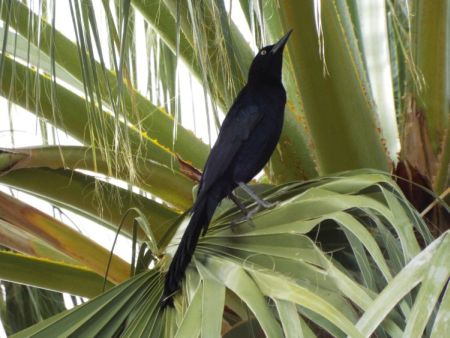
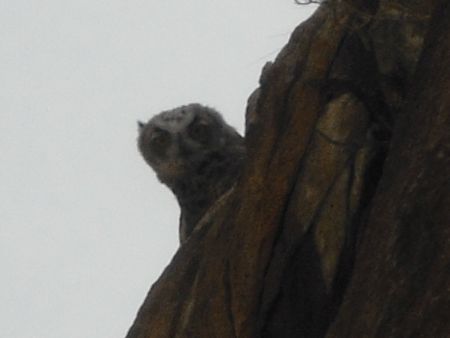
Avoid feeding the ravens at Stovepipe Wells who like to beg:
A Red-tailed Hawk circling above us in the Owlshead Mountains:
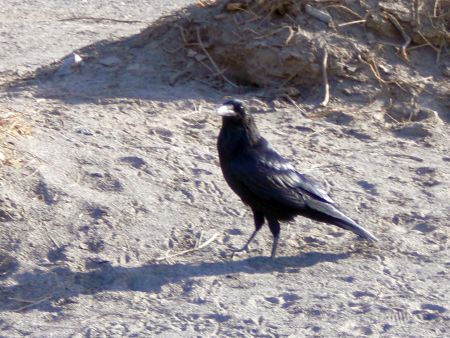
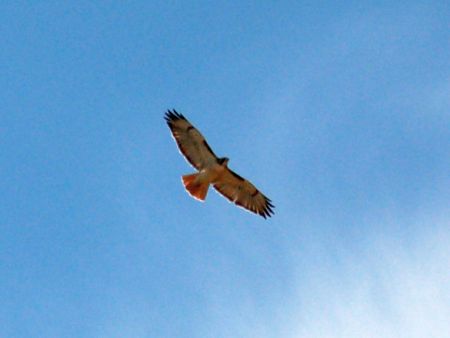
Clay-colored sparrows were abundant in the eastern Grapevines:
A Rock wren which watched me during a hike of Coyote BM:
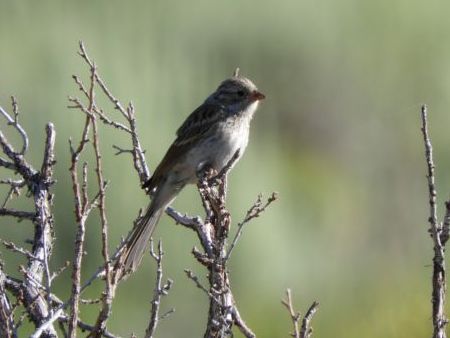
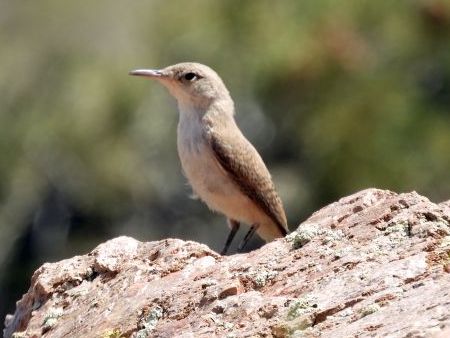
DV SMALL CREATURES PHOTOS
Tarantulas can be seen crossing narrow washes during mating season, especially during the months of October and November:
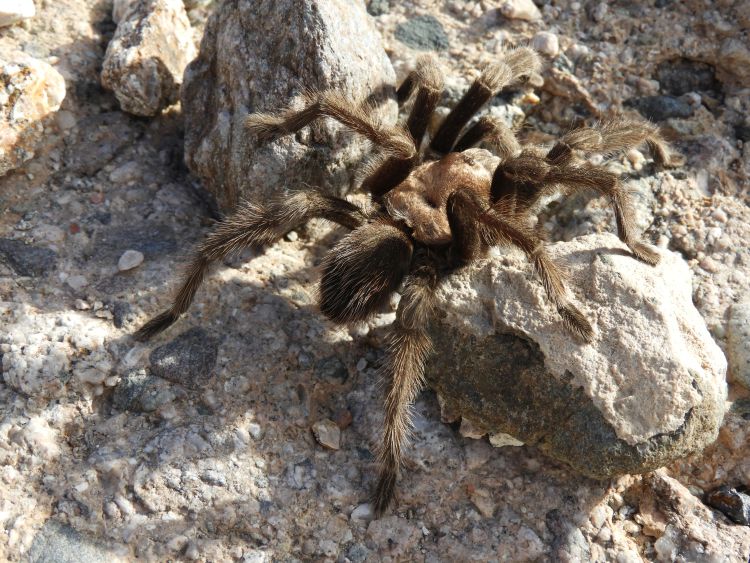
Scorpions can be found by looking under rocks while hiking. We found this fierce scorpion near the Anvil Spring Canyon area:
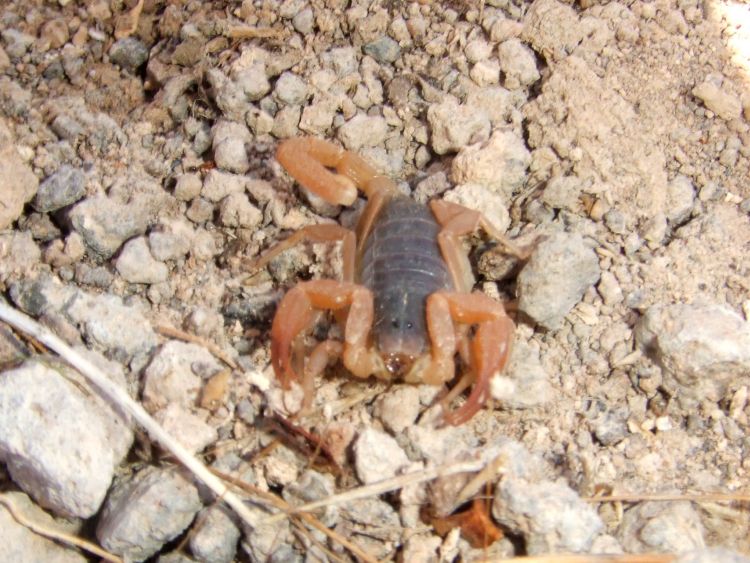
A Sun spider (or Wind scorpion) devouring an ant for a meal:
The Sun spider was found on the slopes of Owlhead BM:
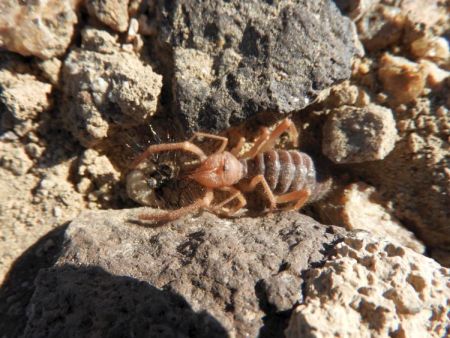
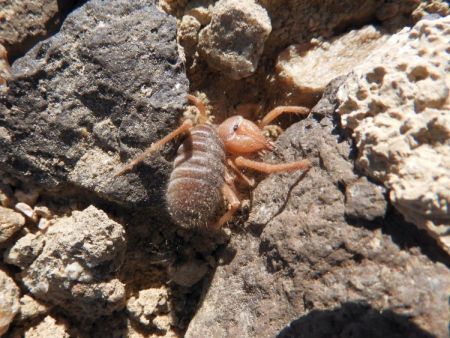
A Pacific tree frog playing in the water of Surprise Canyon:
The endemic Salt Creek pupfish swimming in the creek:
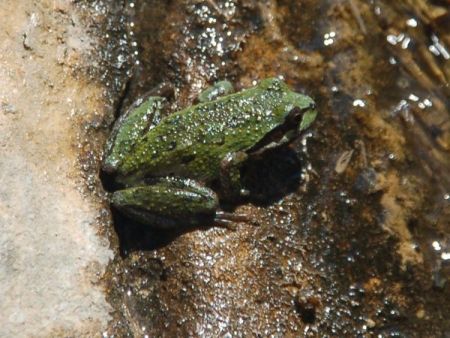
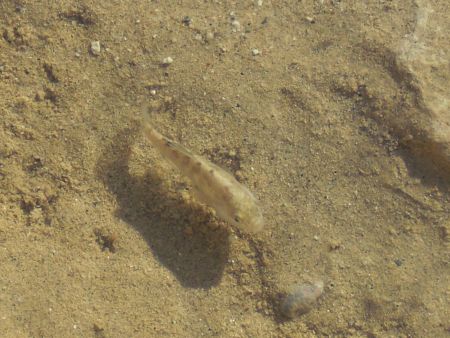
A Sagebrush Checkerspot butterfly found in Indian Pass Canyon:
We came across Painted Lady butterflies in Wingate Wash:
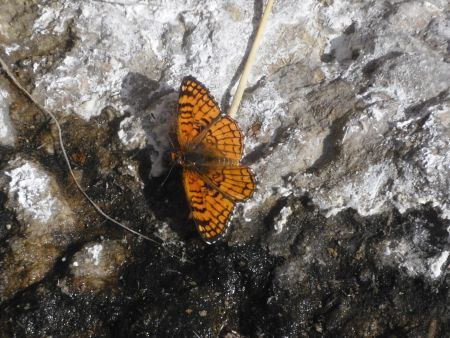
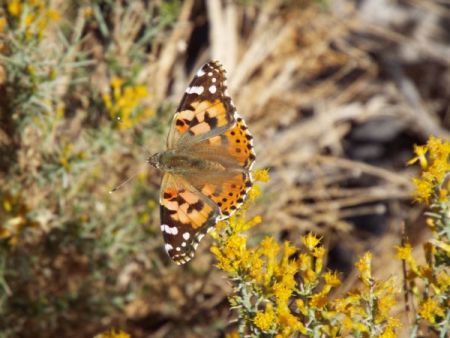
DV WILDFLOWERS OVERVIEW
Death Valley National Park contains a vast amount of beautiful wildflowers which bloom during various months based on elevation and park location. Every five years or so, there is an above-average bloom which results from additional rainfall occurring over a period of several months, the right amount of sunshine, and less windy conditions. When this happens, entire portions of desert can be completely covered with wildflowers such as Desert Gold. On this site, we have our wildflower photographs spread out throughout the individual reports linked to on the Main Page. So you will need to browse those in order to see a majority of the wildflowers we have taken pictures of. For instance, check out our Telescope Peak and Surprise Canyon reports for some examples of wildflowers spotted along the way during our hikes. Below, we will share with you twenty of our favorite wildflowers. But keep in mind that this is an extremely limited sampling due to space restrictions. Other web sites (such as dvplants.com) provide much more in-depth information about Death Valley's wildflowers.
DV WILDFLOWERS PHOTOS
This picture of me was taken next to my favorite Death Valley wildflower -- the Desert Five-Spot:
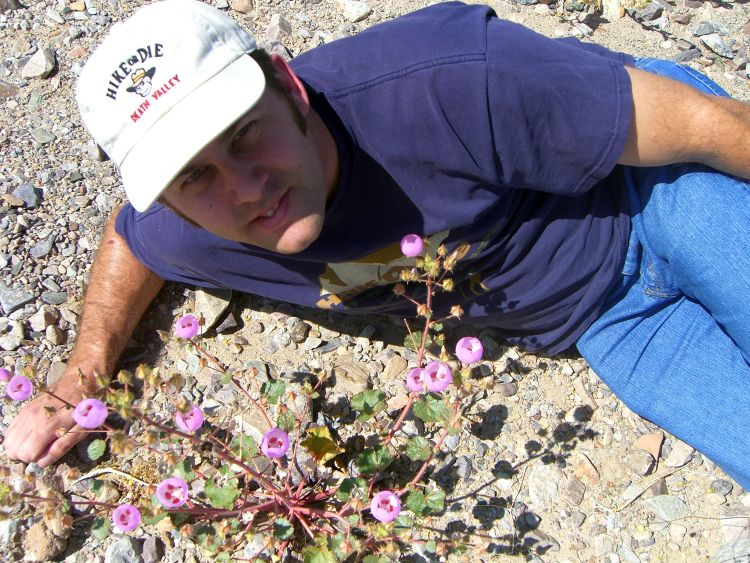
The Desert Five-Spot contains pink and purple colored globes with five petals:
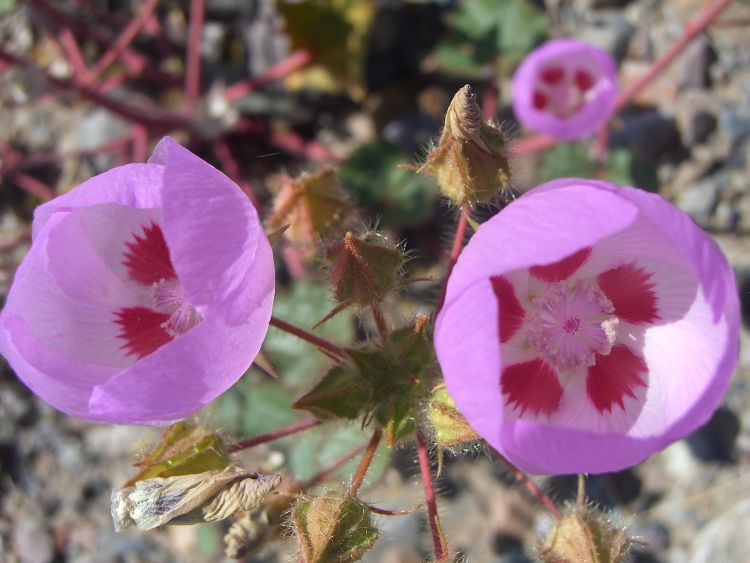
It is named for the five pink spots hidden on the insides of the petals:
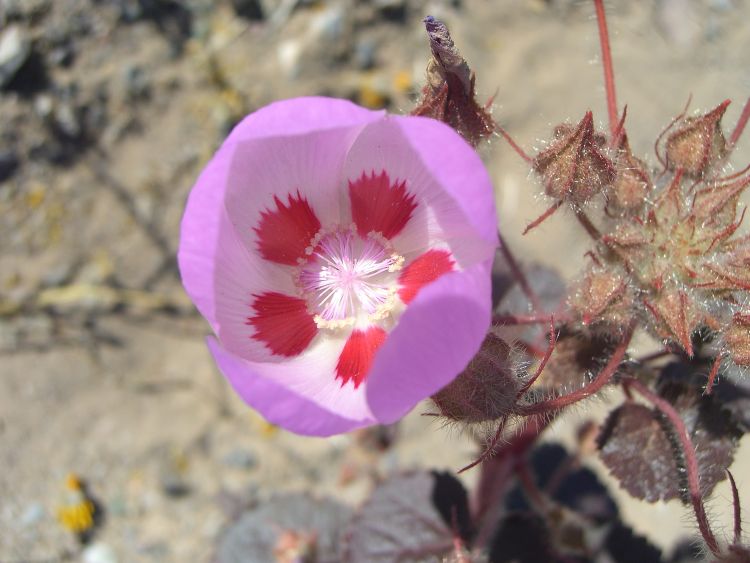
View of the Desert Five-Spot from the side showing the globes:
Flower 1 -- Desert Five-Spot (Eremalche rotundifolia):
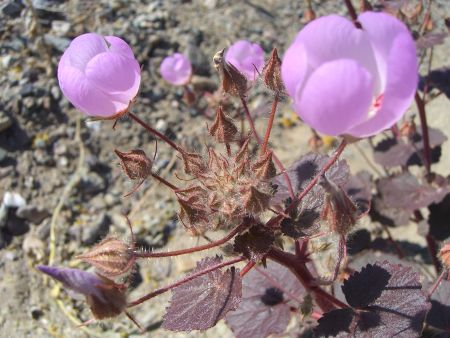
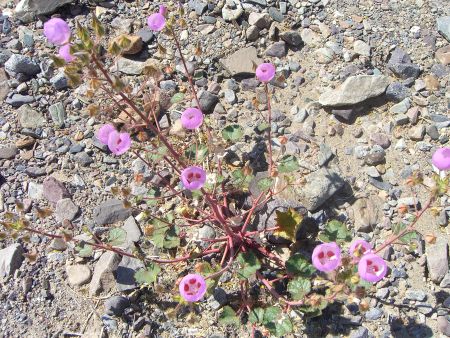
Flower 2 -- Bigelow Monkeyflower (Mimulus bigelovii):
Flower 3 -- Death Valley Mojavea (Mohavea breviflora):
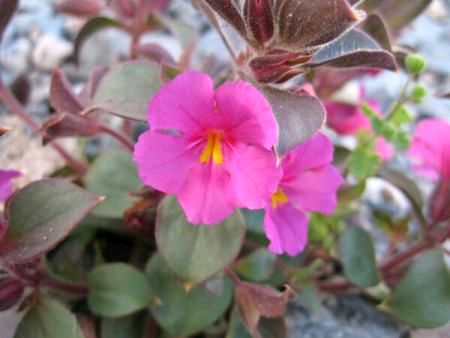
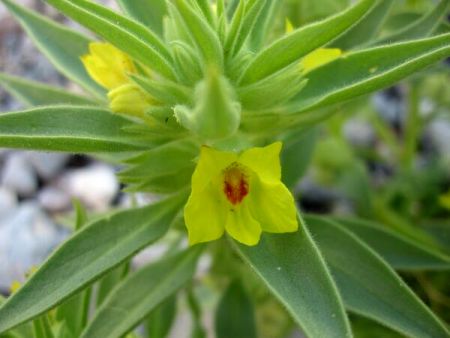
Flower 4 -- Death Valley Phacelia (Phacelia vallis-mortae):
Flower 5 -- Golden Evening-Primrose (Camissonia brevipes):
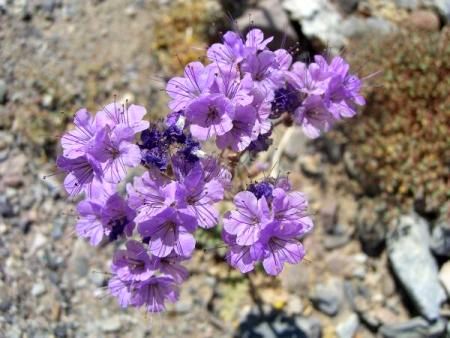
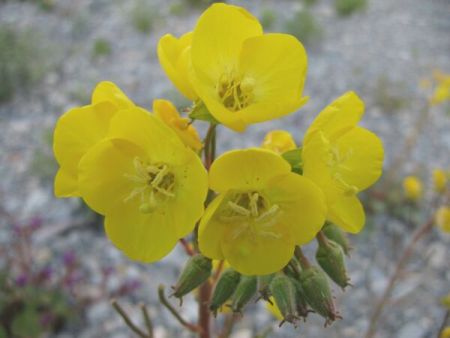
Flower 6 -- Desert Sand Verbena (Abronia villosa):
Flower 7 -- Panamint Mtn Mariposa Lily (Calochortus panamintensis):
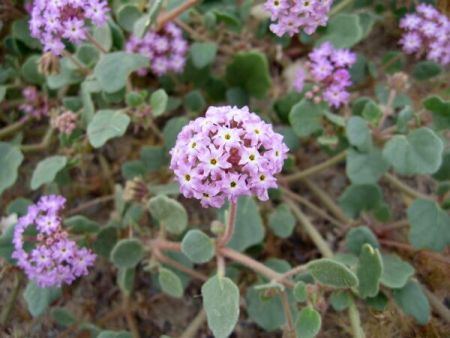
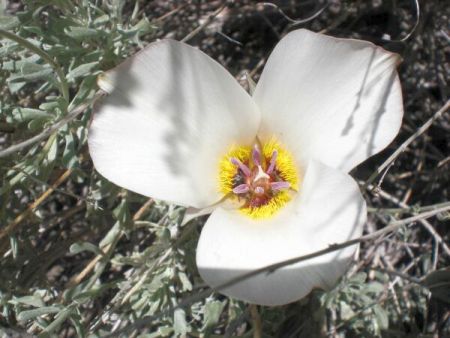
Flower 8 -- Scented Cryptantha (Cryptantha utahensis):
Flower 9 -- Rock Daisy (Perityle emoryi):
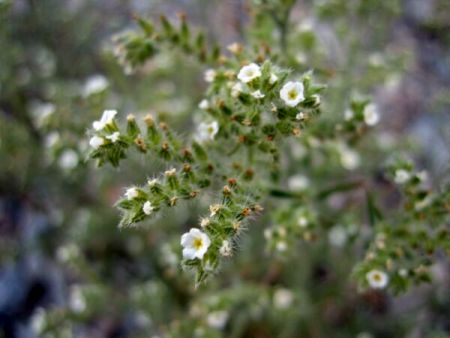
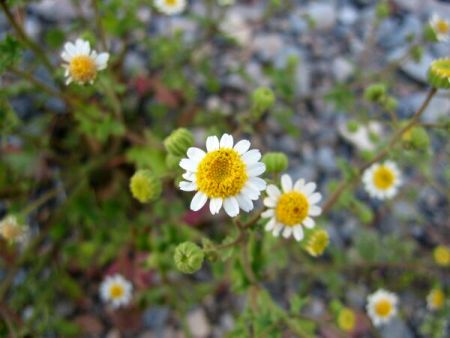
Flower 10 -- Pebble Pincushion (Chaenactis carphoclinia):
Flower 11 -- Death Valley Goldeneye (Viguiera reticulata):
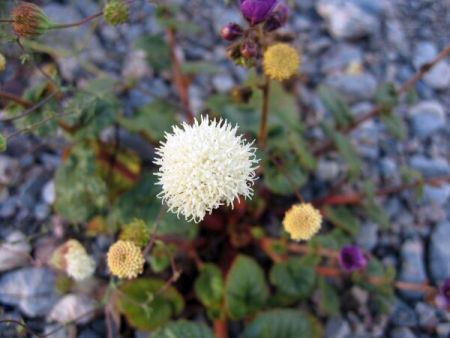
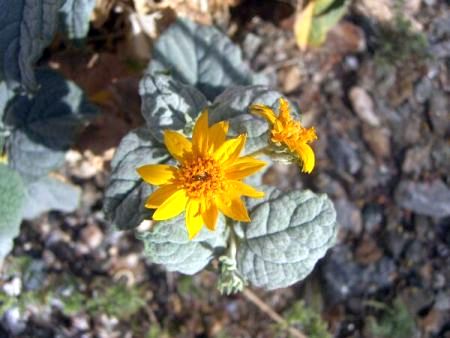
Flower 12 -- Desert Gold (Gerea canescens):
Flower 13 -- Desert Tobacco (Nicotiana obtusifolia):
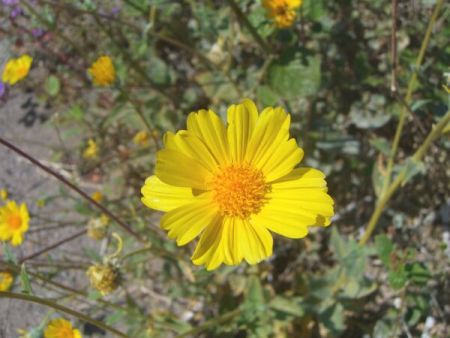
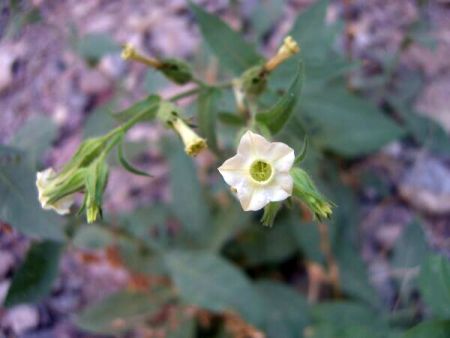
Flower 14 -- Globemallow (Sphaeralcea ambigua):
Flower 15 -- Gravel Ghost (Atrichoseris platyphylla):
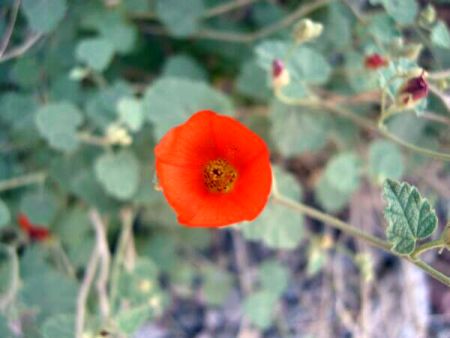
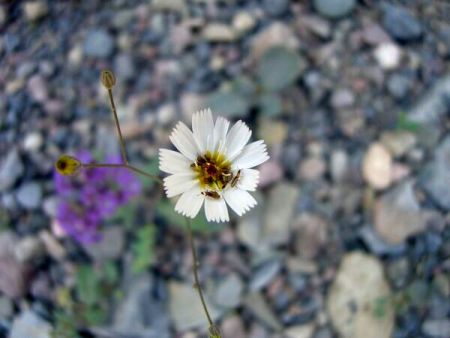
Flower 16 -- Indian Paintbrush (Castilleja applegatei ssp. martinii):
Flower 17 -- Mojave Aster (Xylorhiza tortifolia):
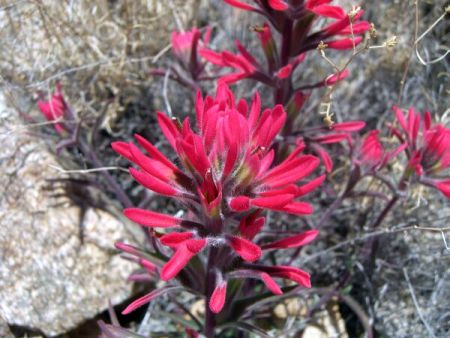
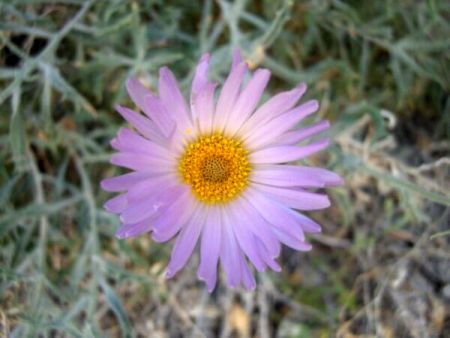
Flower 18 -- Notch-leaf Phacelia (Phacelia crenulata):
Flower 19 -- Rock Nettle (Eucnide urens):
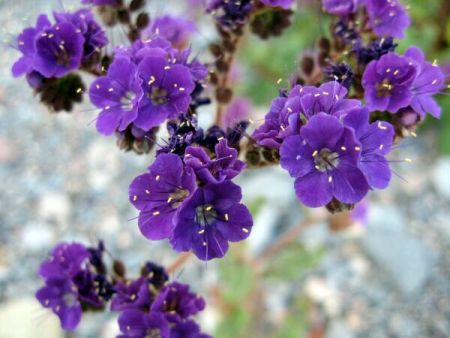
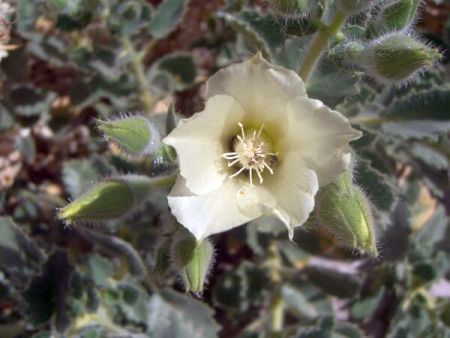
Daria pictured with Flower 20 -- Panamint Daisy (Enceliopsis colvillei):
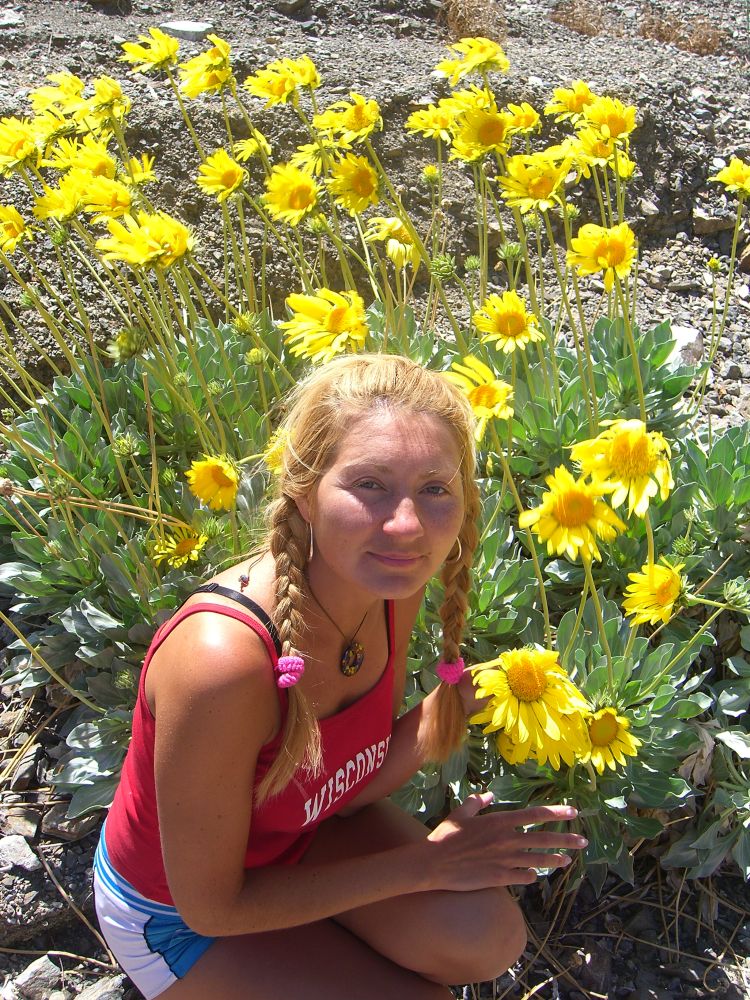
Annie and Jered appreciate the wildflowers of Death Valley:
And Steve spends time photographing them on every trip:
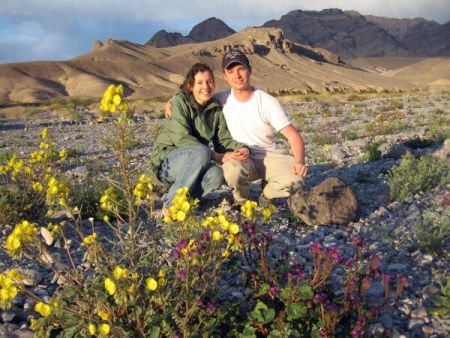
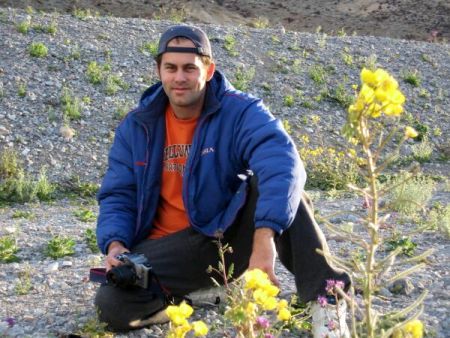
The Superbloom of 2016 was the first in the park since 2005:
The Superbloom featured vast fields of Desert Gold wildflowers:
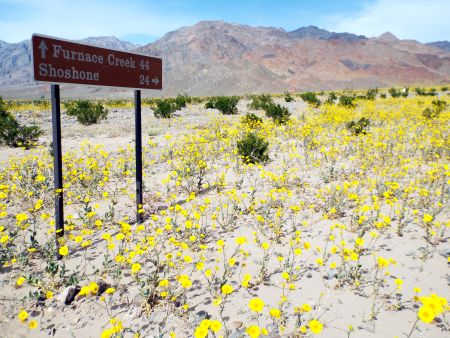
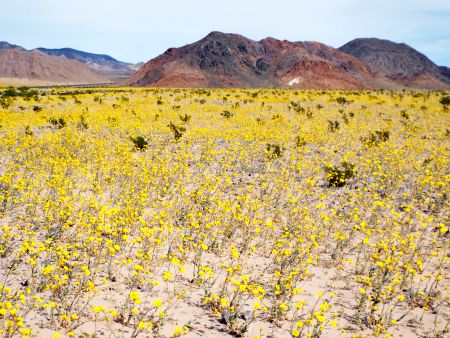
Photographers came from all over to capture scenes like this:
The southwestern corner of the Black Mtns during the Superbloom:
